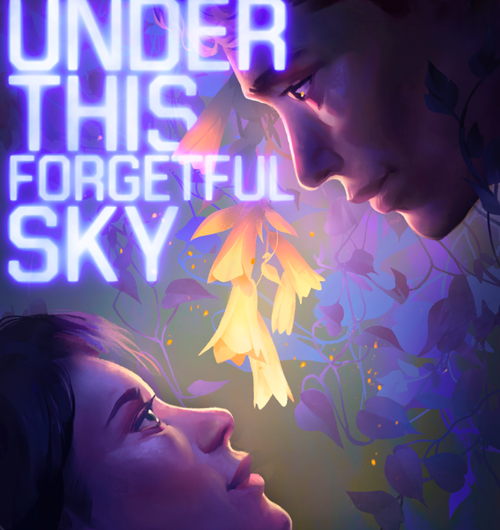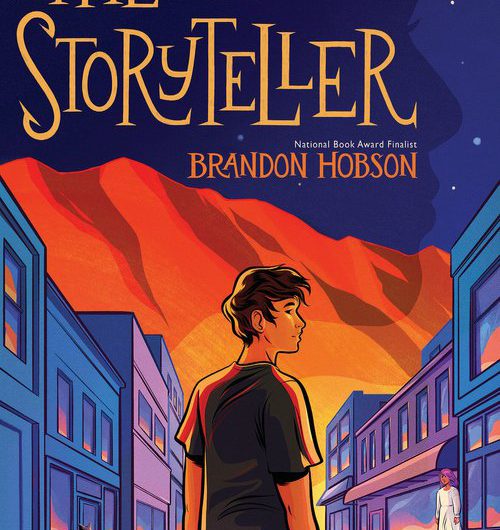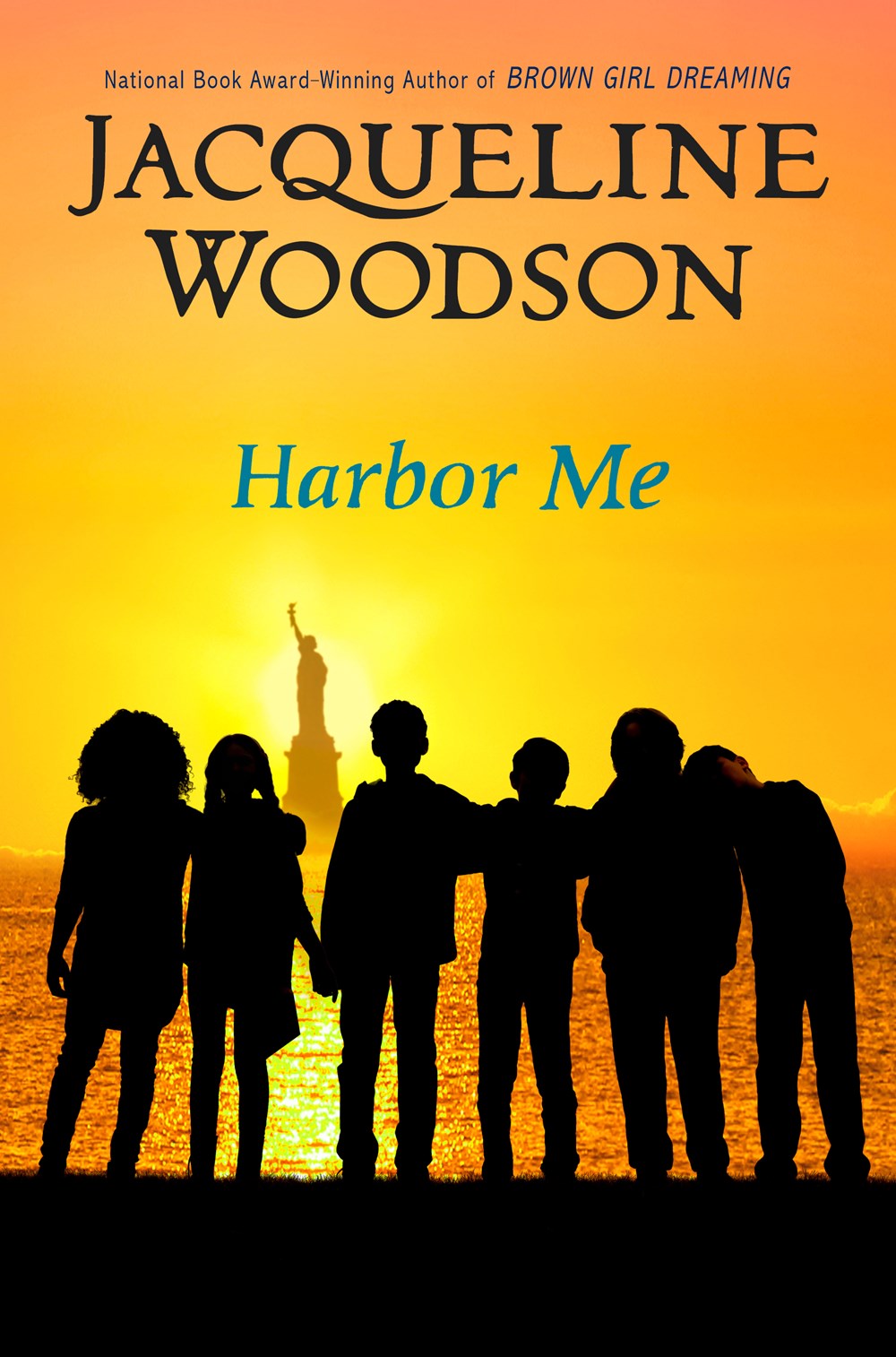Under This Forgetful Sky by Lauren Yero
Paz Valenzuela and Rumi Sabzwari are two teens from different worlds. Both are disillusioned by their respective lives where people seem motivated by violence and vengeance. Not much for following rules, Paz lives in Paraíso where bomb craters, charred towers, and wasteland from chemical weapons make up the landscape. Born with a birth defect because of the residual effects of bioterrorism, Paz prays for patience and strength to know that one day things will change. Although Rumi doesn’t remember the Hot Wars which resulted in the building of Upper City’s walls, he knows the stories. Recently back from rehabilitation after a drug overdose, Rumi isRead More →



